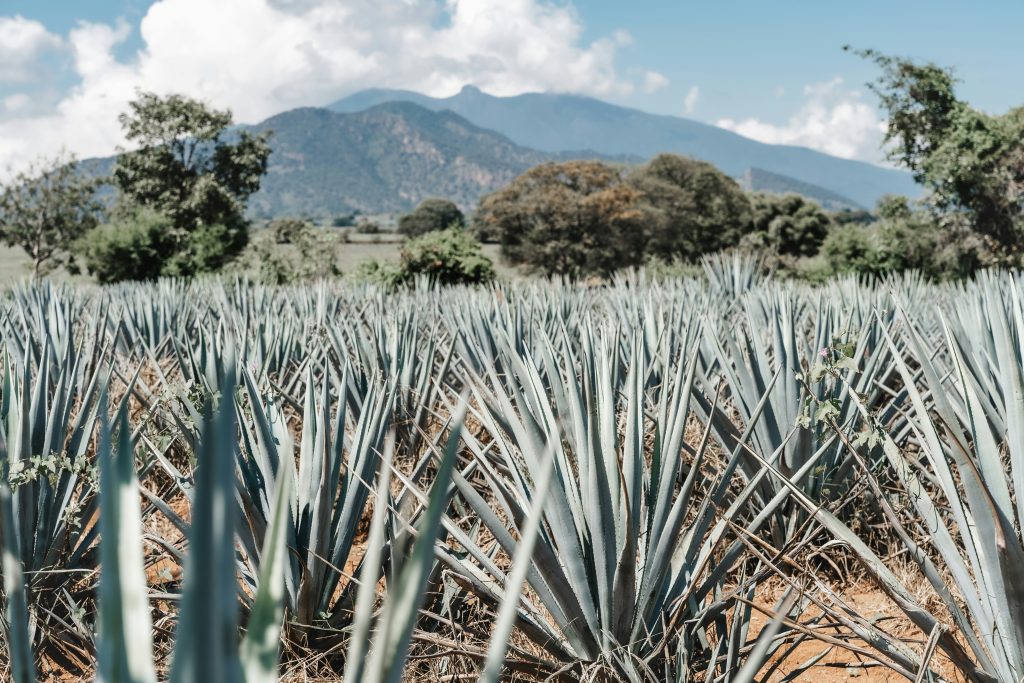By Michael Moberly
The world of spirits is full of legends and marketing tall tales designed to make you feel like the bottle on which you spent your hard-earned money is worth it.
It can be hard to tell the difference between marketing and fact in the beverage world, because so much of the industry is built on selling you a brand’s charisma. These days, no category of spirits is more confusing and saturated with bad actors than the world of tequila. Celebrity brands, additives and elaborate bottles are all part of the smoke and mirrors designed to distract you from the juice in the bottle—so let’s chat about poorly made tequilas, how to spot them, and how one of Reno’s finest spirits curators is doing their best to get you the authenticity the category deserves.
First and foremost, great tequila is made from properly harvested agave. By law, tequila must be from the Mexican state of Jalisco, from blue Weber agave. This varietal needs about five to seven years to grow to maturity so that all the delicious agave sugars are concentrated in the piña (agave bulb), and the plants have proper time to propagate. As the demand for tequila has risen, so has the pressure on farmers to harvest sooner—and the industry has created a slippery slope of corner-cutting to extract what is needed to make alcohol from that young agave.
Properly harvested agave is carefully pulled from the ground, sent to a distillery and baked in a stone oven until the sweet, roasty nectar can be extracted. The roasted agave is crushed with a giant stone wheel known as a tahona, a testament to the dedication of tequila producers. This process allows the agave nectar to separate from the fibers, creating a golden, aromatic sap that is then naturally fermented and distilled to about 50 percent alcohol. (Some manufacturers use those traditional methods with the addition of an autoclave or giant pressure oven to help modernize the process.)
When manufactures harvest agave that is too young, they must use methods other than the traditional. A distilling methodology known as diffuser technology is generally used to get the most out of the young agave as quickly and cheaply as possible. The process involves feeding agave into a shredder, spraying those chunks with boiling water to extract the starchy pulp, boiling that pulp with chemicals that convert the starch to sugar, and then distilling that liquid. The end product is crazy-high in alcohol content and is essentially flavorless, creating the need to add flavors and fillers to the tequila.

The Consejo Regulador de Tequila (CRT), which translates to Tequila Regulatory Council, is the Mexican government’s arm for regulating tequila. The CRT’s essential job is to maintain the quality of tequila by creating and enforcing regulations on producers. The CRT allows up to 1 percent of additives in tequila, including glycerin, oak extract, caramel coloring or sugar-based syrup. That means there can be about 1 1/2 teaspoons of additives in a bottle of tequila. Think about how much flavor is added to a recipe with 1 1/2 teaspoons of vanilla extract.
You are probably thinking, “Michael, how do I tell if my favorite bottle of tequila is properly made and free of additives?” The CRT gives each distillery a NOM (Norma Oficial Mexicana) number, which all regulated tequila must have on the bottle. You can look up that NOM on websites like tequilamatchmaker.com to see if a producer uses traditional distilling methods, and what other tequilas they produce. But when finding out about additives, things get tricky—and that’s when you call in the experts.
“My first experience with agave was eye-opening,” said Amitoj “AJ” Chhabra, owner and proprietor of Drams and Smoke in Reno. “While we are known for whiskey, my first love is agave.”
Chhabra has become our region’s high priest of spirits curation and general dorkery; his shop has one of the best selections of rare and hard-to-find spirits in town. Chhabra recommends using community resources like Reddit and tequilamatchmaker.com to dive deep into reviews that can help you sort legend from fact.
“I wish more people knew when they were paying for a novelty,” Chhabra said. “You can look into the way people produce and see how the bad actors have affected the industry agriculturally and even culturally in Mexico.”
How does Chhabra react when people seek out bottles of lesser-made tequila? “I’m going to be vocal about how I feel about it. Some people can be put off by my reaction to their request, thinking I’m being a snob, but you are literally drinking glycerin.”
He said the additional sugars and other fillers found in poorly made tequila can make the dreaded hangover even worse.
Tequila is one of the most dynamic spirits, steeped in history and heritage. It is an agricultural product that affects an enormous population of hardworking people. We must do our part to demand tequila that respects the tradition and the authentic flavor of the agave—because when we do that, our drinks will taste better, and we’ll feel better in the morning.


Be the first to comment on "Tainted tequila: The beloved Mexican spirit has become subject to added impurities; here’s how to avoid them"